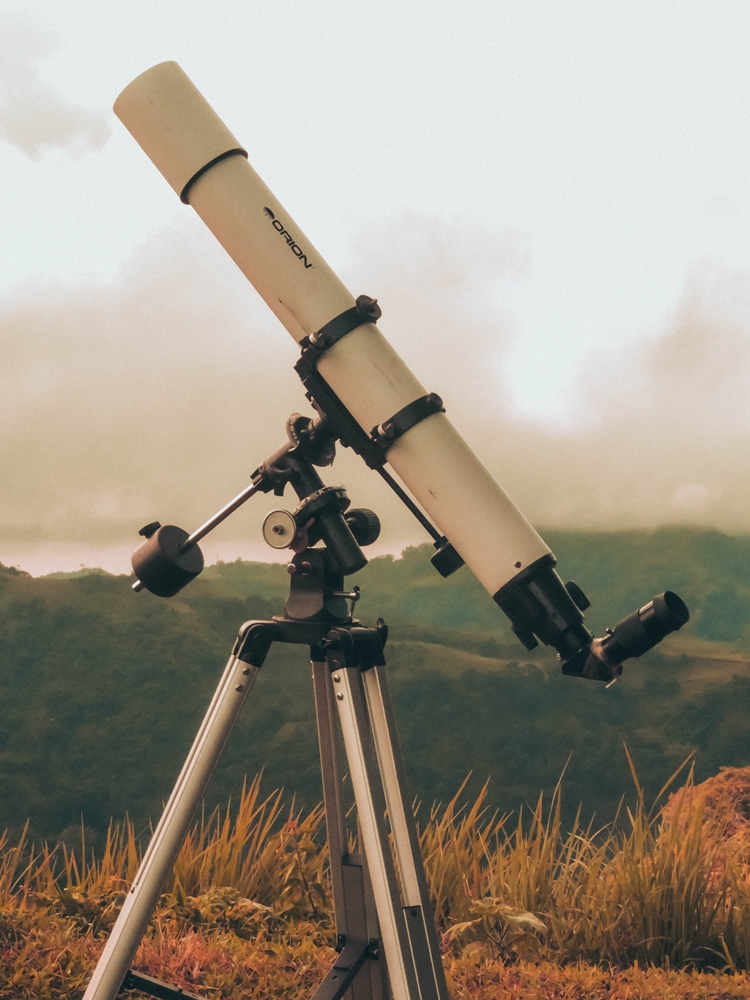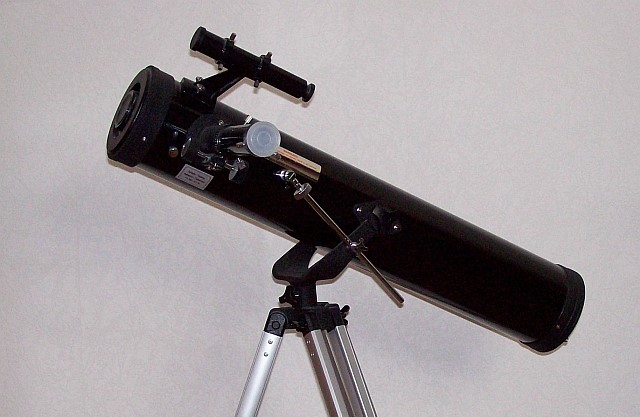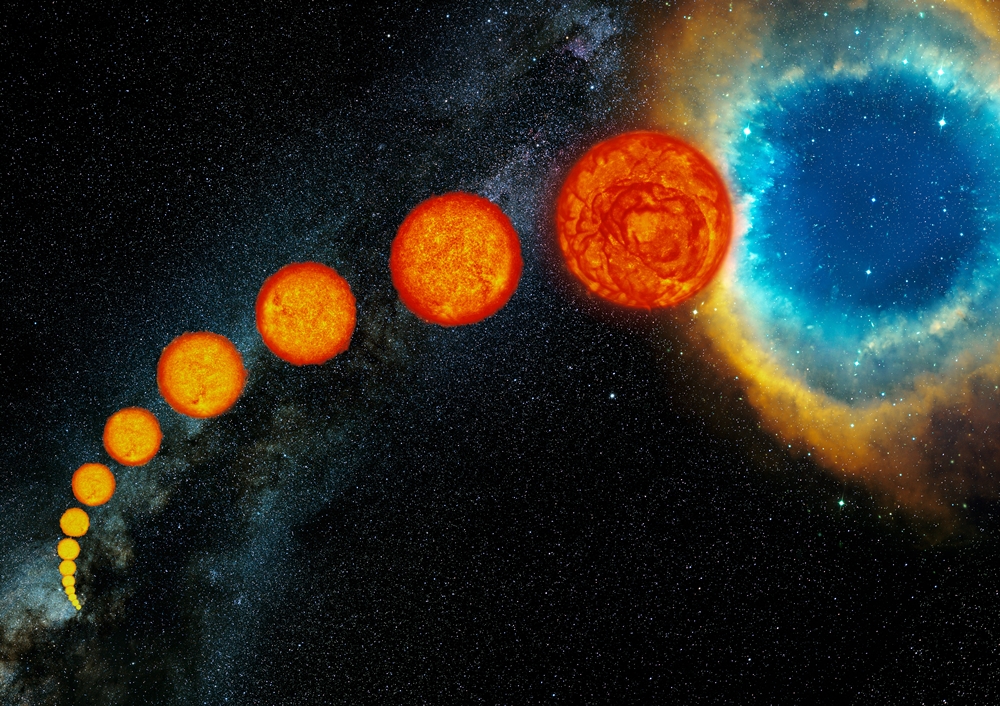Introduction
Congratulations on buying your first telescope – an optical time machine by means of which you will be able to travel through space. But how? If you are looking at your telescope and question: “How do I use this thing?” then you have come to the right place. If all goes well, you will know more about astronomy, and how to properly observe the Moon and stars through your own telescope by the time you finish reading this article.

Astronomy Telescopes in General
Let us begin with the definition of what a telescope is. Wikipedia says it is “an optical instrument using lenses, curved mirrors, or a combination of both to observe distant objects, or various devices used to observe distant objects by their emission, absorption, or reflection of electromagnetic radiation.”
And what do we say? We say a telescope is a device created with the sole purpose of observing celestial objects. A telescope uses lenses and mirrors with the purpose of gathering light and bringing said light into focus, therefore creating an image available that can be observed, photographed, and studied.
Two of the most common telescopes used today are the reflector telescope and the refractor telescope. Refractor scopes use objective lenses placed at the end of a tube, along with eyepieces that can be adjusted.

Reflector scopes use concave mirrors used to gather the light from the target and focus it into the eyepiece. The refractor telescope is more fitting for observing the planets and the Moon and the reflector telescope for deep-sky objects, such as galaxies and nebula.
How to use a Telescope for Night Sky Astronomy
Choose the Best Observing Conditions
For those of you who never want to leave the comfort of your house, we are sorry, but to be an astronomer, you need to go outside. Telescopes do not perform well when looking through a window, as there are too many complications. But windows are not the only ones that can cause problems – so does light pollution.

You can still observe some celestial objects from the city, such as the Moon and the planetary system. For those in the countryside, you can observe fainter objects beyond our own solar system. So, if you have the option, avoid cities, and try observing in less light-polluted areas.
Gather Your Quality Telescope Gear
Solar filters, Lunar filters, light pollution filters, visual filters… grab them all, and get on the road. Or your backyard. Bring a chair while you are at it and get comfy. An evening behind the eyepiece equals privacy and a peaceful connection with the universe, so pull up a chair and stay awhile. Do not forget your red flashlight and remember to bring extra batteries.

The most important thing is to dress appropriately. While waiting for the stars to appear, you will probably wonder if taking a run around the block would help you battle the freezing cold. And even if is not freezing outside, it is still colder than you think, as you are just standing or sitting behind an eyepiece not moving very much.
Level Your Tripod
A tripod is a piece of equipment used to stabilize your telescope. And taking a straight image is one of the most basic things that you need to master as a beginner in astrophotography. That is why another important factor is to make sure that the three legs of your telescope are well balanced.
If not, the telescope can fall and injure itself in a way putting a bandage over it cannot fix it. When you are scouting out places where you could observe, look for places that have a flat, level area for your telescope.

Align Your New Telescope
Now, you found the perfect spot to stargaze, you have your equipment, and are dressed appropriately, but when looking through it, left to right, you cannot see a thing. Although your telescope can be set up in minutes, this does not mean that you can use it straight out of the box, as it needs to be aligned first.
A finder scope is the smaller piece of equipment that rests on the side of your telescope tube and points parallel with it. Any astronomer needs to be able to align their scope. Fortunately, aligning a finderscope is a simple task. And to do it, you will have to work backwards: look for a target that is simple to find with the telescope, then align your finderscope to it.

Do not Forget to Focus
It is important to bring the object into focus. Lower magnification indicates that the target of your observation will seem smaller in the eyepiece, but a lower magnification usually provides the observer with a clearer image. Try out different magnification, as well as using another eyepiece with a lower number.
This will give you greater magnification but not a clearer image of the target. However, this is all up to the telescope you use and its specifications. Bigger mirrors collect more light which implies the user can magnify an image more and have a sufficient amount of light at the same time.
Changing Magnification
When wanting to observe a target at a higher or lower magnification, change the eyepieces or add a Barlow lens. Loosen the thumbscrew securing the eyepiece in position with caution, take it out, and insert the new eyepiece. The new eyepiece might need to be re-focused.

But do not let magnification give you a headache, because too much is a bad thing for most nights under the cluster of stars. You can see almost everything in the sky at 75-100 power in most scopes and decent skies.
Conclusion
You have your new telescope, your first. Owning a telescope can be a portal to the universe and provide you with a lifetime of delight. If you know how to use it, of course. If not, this first-time telescope user’s guide may be the helpful answer to your problems. Just remember: Practice makes perfect, and after a few nights in the countryside, gazing at the stars, people might as well begin calling you Galileo Galilei.





